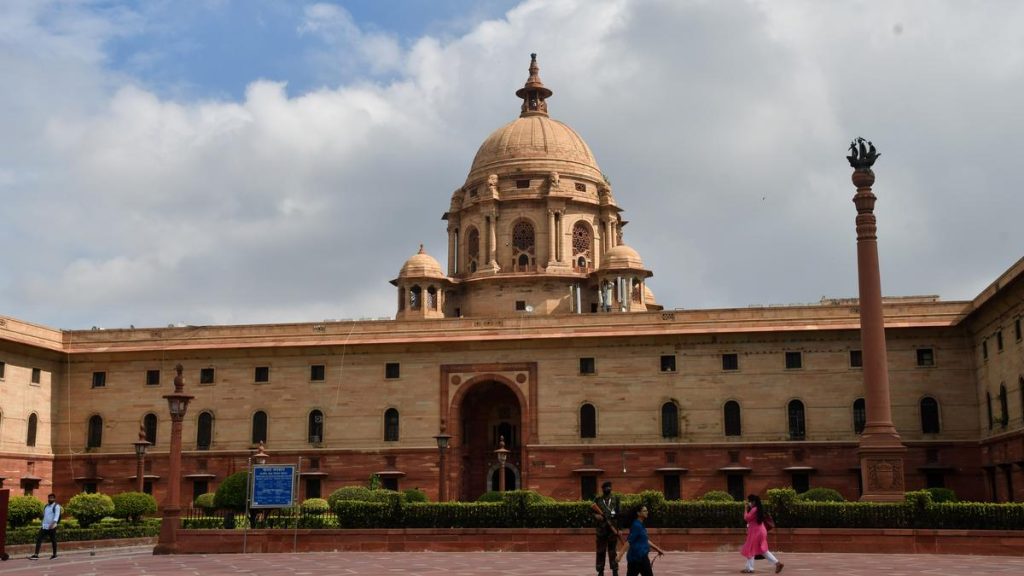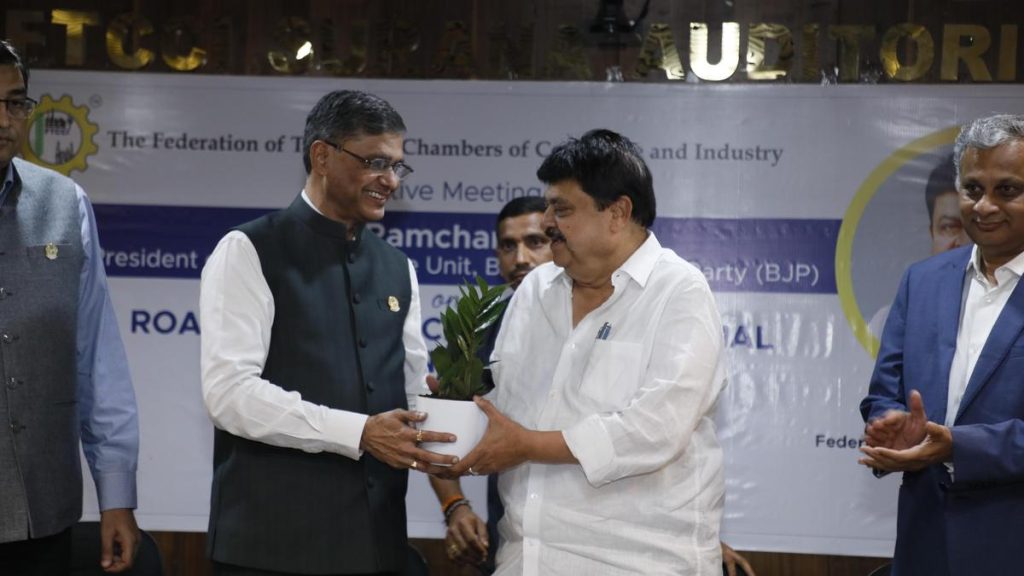Now Reading: Forest Rights Act: India’s Key to Tackling Biodiversity Threats
-
01
Forest Rights Act: India’s Key to Tackling Biodiversity Threats
Forest Rights Act: India’s Key to Tackling Biodiversity Threats
Speedy Summary:
- Conservation laws worldwide have become exclusionary, displacing local and indigenous communities like adivasis in India.
- Teh traditional “fortress conservation model” criminalizes indigenous people as encroachers and separates communities from protected areas.
- Researchers found 10 to 20 million IPLCs displaced globally due to such models; in India, 6 lakh people have been displaced through conservation policies.
- India’s Forest Rights Act (FRA) of 2006 provides a democratic framework for recognizing forest dwellers’ rights and linking their governance systems with biodiversity conservation.
- India is a signatory to the CBD and has enacted laws like the Biological Diversity Act (BDA) 2002.However, community involvement remains tenuous within State-led frameworks.
- Globally adopted initiatives like CBD’s Kunming-Montreal Global Biodiversity Framework emphasize the ’30 by 30′ target but face criticism for risking IPLC rights while expanding protected areas aimlessly.
- India’s updated National Biodiversity Strategy involves decentralized governance under FRA but heavily relies on State authorities; building synergy between frameworks is unclear.
Indian Opinion Analysis:
India stands out as one of the few countries addressing intertwined issues of human rights, resource access, and biodiversity protection via progressive legislation like the FRA. While international frameworks frequently enough prioritize expanding protected areas despite displacement risks for IPLCs, India’s approach attempts recognition for historical injustices suffered by Adivasis. This demonstrates commitment to sustainable environmental governance rooted in equity.
though,gaps persist-State-driven models dominate over decentralization efforts detailed in FRA. The excessive reliance on partially functional BMCs poses practical challenges that need urgent resolution. Without integrating legal protections effectively into broader strategies such as oecms envisioned under global treaties like KMGBF, there is a risk of undermining traditional custodianship vital for india’s rich biodiversity.
A robust synergy between legislative tools such as FRA and institutional mechanisms under BDA could redefine global best practices-not only protecting fragile ecosystems but empowering IPLCs economically while safeguarding their culture.
for India’s emerging National Biodiversity Action Plan goals to translate meaningfully into on-ground change by its intended deadline of 2030,ensuring prior informed consent from marginalized gram sabhas will prove essential over bureaucratic interventions alone.

























